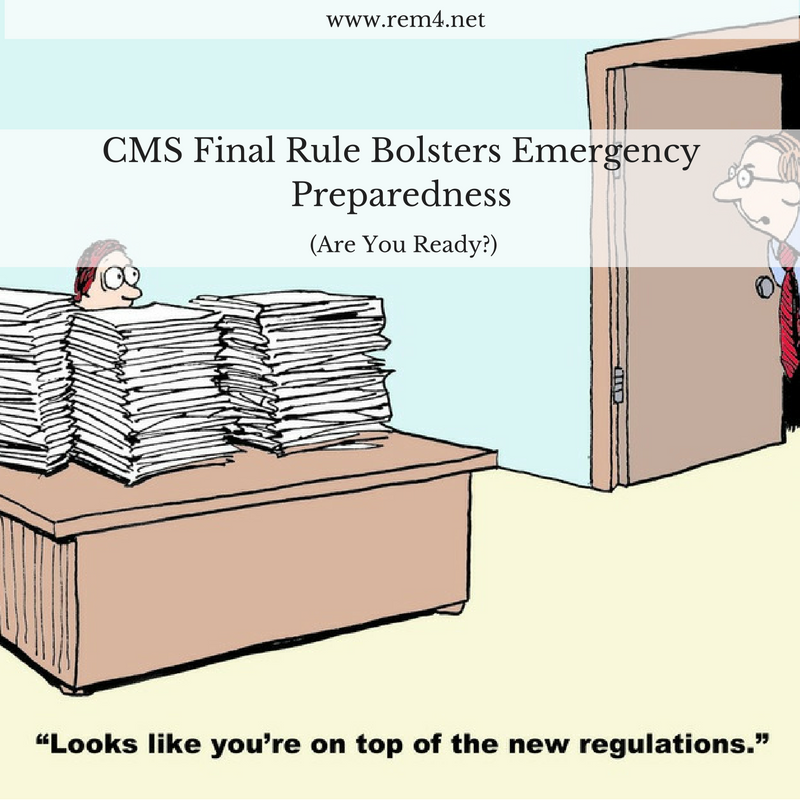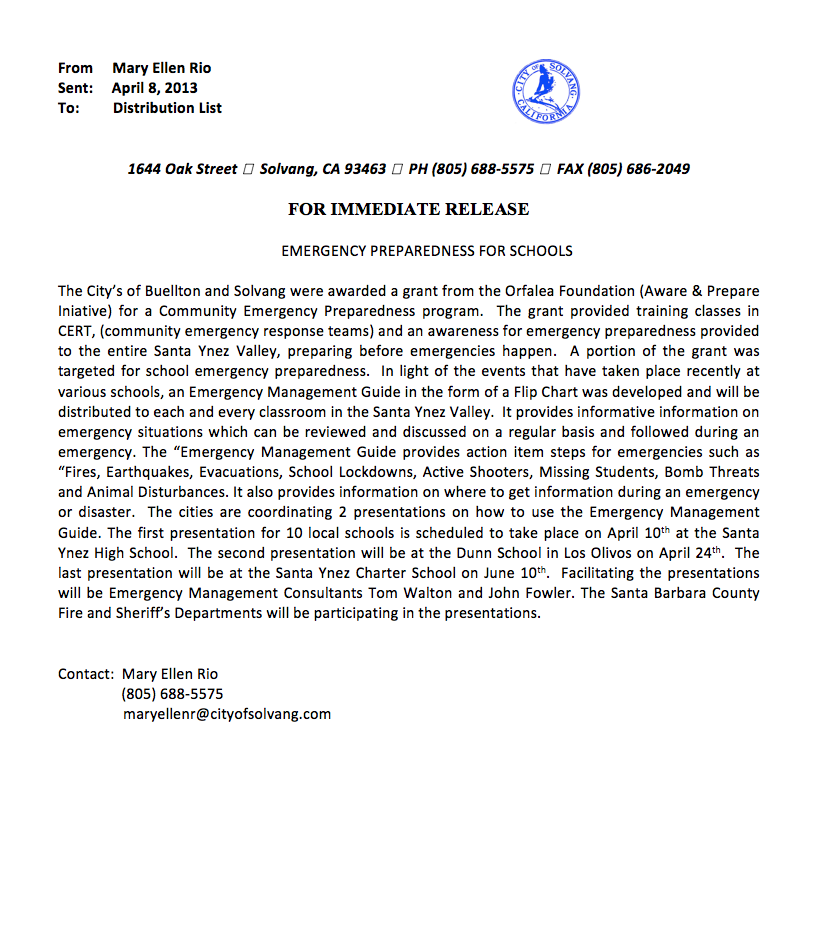 Hacking the New Emergency Preparedness Rules for Healthcare Organizations
Hacking the New Emergency Preparedness Rules for Healthcare Organizations
The Latest Scoop on AEDs
- By Greg Slusser
- Nov 01, 2013
Automated external defibrillators (AEDs) have become a familiar sight in many workplaces across America, yet these life-saving devices are still not present in the majority of them. Organizations without AED programs cite various concerns, range from liability issues to costs, as reasons to withhold a sudden cardiac arrest safety net.
There are many compelling reasons to have an AED program. Leading this list, of course, is having the ability to save the life of a co-worker stricken by sudden cardiac arrest. Let’s take a look at the latest research, best practices, and results to see how they apply to your workplace.
1. Research shows speed to shock is the most important lifesaving factor. Of the countless studies about AEDs, the one making perhaps the most important point is the Johns Hopkins study by Myron Weisfeldt and colleagues published in the Journal of the American College of Cardiology. This study demonstrated that training lay (non-medical) volunteers to use AEDs doubled the survival of cardiac arrest victims.
Most interestingly, laypersons using a defibrillator achieved the highest survival rate (40 percent)—higher than health care workers, police, and EMS. The overall survival rate among 13,769 victims eventually reached by EMS personnel was 7 percent. The 33 percentage point difference between laypersons and EMS is attributable simply to speed. The laypersons were on the scene with an AED and were able to treat the victim more quickly than EMS responders. The study’s authors even went so far as to state that “speed is more important than training” and encouraged early defibrillation programs in communities, including workplaces.
2. AEDs are extremely reliable, but maintaining them to ensure they are ready for a rescue is important. AEDs have proven very reliable at the scene of sudden cardiac arrest. AED program expert Richard A. Lazar is the founder and president of Readiness Systems, which helps organizations create and maintain operationally ready and risk-managed AED programs. He examined data the FDA used recently to support proposed rules that would tighten AED regulations.
Writing on his blog, Lazar said the data shows that AEDs work as intended more than 99.5 percent of the time. When they don’t work, the reason is often related to faulty inspection and maintenance. He cited a recent University of Alabama at Birmingham study that evaluated five years of data from Alabama communities involved in the National Institutes of Health Public Access Defibrillation (PAD) trial. The data showed high percentages of AEDs with expired batteries, expired defibrillation pads, and unresolved maintenance alerts. “These are people problems, not device problems,” he wrote.
If AEDs are inspected and maintained regularly, the chances of an AED failing when needed are virtually nil. Recent technological advances are making AEDs even more reliable and easier to maintain and use through features such as automated daily self-tests, status screens showing the readiness of defibrillation pads and the AED’s battery, and embedded help videos that can be used during training to review the critical steps of a rescue.
3. You can’t argue with results. Virtually every day somewhere in America, an organization with an AED program saves the life of a worker, customer, or community member. A quick Google search finds these organizations mentioned in news stories about co-workers saving an employee’s life: American Airlines, ARTCO/ADM, Bennett International Group, Delta Air Lines, Honeywell, Indiana University-Purdue University Fort Wayne, Maryland National Capitol Park Planning Commission, New Jersey Transit, Northern Virginia Electric Cooperative, O’Hare International Airport, Penn State University, Pentair, SANBlaze Technology, Schick, State Farm, Systemax Manufacturing, Trans International, WebMD, Wells Enterprises, and more.
The list of organizations saving customers or community members would go on just as long. LA Fitness, for example, has saved 50 lives since instituting its AED program. Life saves on airlines and in airports, schools, athletic facilities, and casinos are well documented, with thousands of saves occurring in these locations. The Sudden Cardiac Arrest Foundation’s You Can Save a Life at School (www.sca-aware.org/schools) and You Can Save a Life on Campus (www.sca-aware.org/campus) programs provide many examples of students and school employees saved by AEDs.
In addition, certain U.S. communities have achieved exemplary results by combining access to AEDs with innovative EMS services. For example, King County, Washington, has a sudden cardiac arrest survival rate of 57 percent, according to Seattle and King County Public Health. Through its “Shockingly Simple” campaign, the county has encouraged the purchase and registration of AEDs while improving the speed of EMS response and the training of paramedics. A new initiative has EMS dispatchers providing CPR instruction over the phone while EMS is en route. The basic elements of King County’s approach can be replicated in any workplace by having AEDs readily available and employee response teams trained in CPR and AED use.


